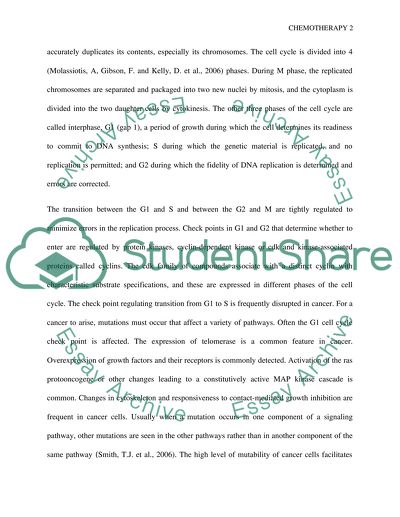Cite this document
(“Cytotoxic Chemotherapy Essay Example | Topics and Well Written Essays - 3000 words”, n.d.)
Retrieved from https://studentshare.org/health-sciences-medicine/1522136-cytotoxic-chemotherapy
Retrieved from https://studentshare.org/health-sciences-medicine/1522136-cytotoxic-chemotherapy
(Cytotoxic Chemotherapy Essay Example | Topics and Well Written Essays - 3000 Words)
https://studentshare.org/health-sciences-medicine/1522136-cytotoxic-chemotherapy.
https://studentshare.org/health-sciences-medicine/1522136-cytotoxic-chemotherapy.
“Cytotoxic Chemotherapy Essay Example | Topics and Well Written Essays - 3000 Words”, n.d. https://studentshare.org/health-sciences-medicine/1522136-cytotoxic-chemotherapy.


